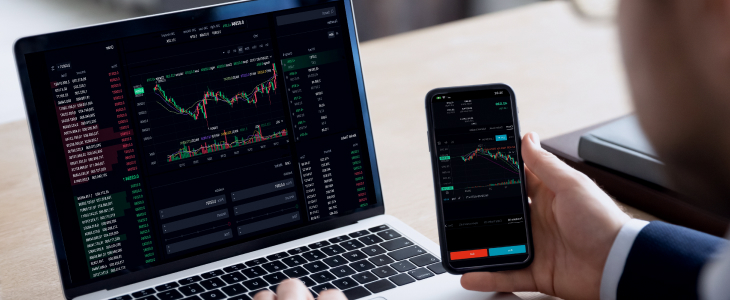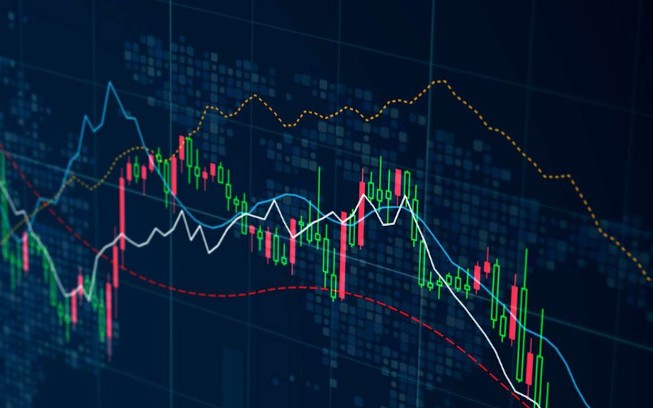Mastering Forex Trading A Beginner’s Guide to Financial Freedom

Mastering Forex Trading: A Beginner’s Guide to Financial Freedom
Forex trading, also known as foreign exchange trading, has gained immense popularity in recent years. With its potential for high profits and the ability to trade 24/5, many are drawn to this exciting financial market. However, to achieve success in Forex trading, it is crucial to learn the fundamentals and develop a solid strategy. In this guide, we’ll explore the key aspects of Forex trading to help you get started on your journey. Be sure to check out learn forex trading Trading Broker ZA for more resources and support as you learn.
Understanding the Basics of Forex Trading
Before you dive into Forex trading, it is important to understand what it is all about. The Forex market is the largest financial market in the world, where currencies are traded against one another. Currencies are quoted in pairs, such as EUR/USD or GBP/JPY. The first currency in the pair is the base currency, and the second currency is the quote currency. The value of a currency pair is determined by the exchange rate, which can fluctuate based on various economic factors, geopolitical events, and market sentiment.
Why Trade Forex?
There are several reasons why Forex trading attracts both beginner and experienced traders:
- High Liquidity: The Forex market is extremely liquid, meaning traders can buy and sell currencies without significant price changes.
- 24-Hour Market: Forex trading occurs around the clock, allowing traders to choose the best time to execute their trades.
- Leverage: Forex brokers often offer high leverage, which can amplify profits. However, it’s essential to understand the risks associated with leverage.
- Diverse Trading Options: Traders can choose from a wide variety of currency pairs and trading strategies.
Essential Concepts You Need to Know
1. Pips and Lots

In Forex, a “pip” is the smallest price move that currency pairs can make based on market convention. Most currency pairs are quoted to four decimal places, with the last digit being a pip. A “lot” refers to the size of a trade. Standard lots are 100,000 units of the base currency, while mini lots are 10,000 and micro lots are 1,000.
2. Bid and Ask Price
The bid price is the amount that a buyer is willing to pay for a currency pair, while the ask price is the amount that a seller wants in exchange for the currency pair. The difference between the bid and ask price is called the “spread,” which is a cost that traders must consider when placing trades.
3. Leverage and Margin
Leverage allows traders to control a larger position with a smaller amount of capital. This can result in substantial gains, but it also increases the risk of losses. Margin is the amount of money a trader needs to put down to open a leveraged position.
Choosing a Forex Trading Strategy
Once you’ve grasped the basics, the next step is to develop a trading strategy. There are many types of trading strategies, including:
- Day Trading: This involves making multiple trades within a single day based on short-term price movements.
- Swing Trading: Swing traders hold positions for several days to capture larger price moves.
- Scalping: Scalpers make numerous small trades throughout the day to gather small profits.
- Position Trading: This is a long-term strategy where traders hold positions for weeks or months based on fundamental analysis.
Risk Management in Forex Trading
Effective risk management is crucial for long-term success in Forex trading. Here are key principles to follow:

- Use Stop-Loss Orders: Always set stop-loss orders to minimize potential losses if the market moves against your position.
- Manage Leverage: While leverage can magnify profits, it can also amplify losses. It’s essential to use it judiciously.
- Risk-to-Reward Ratio: Determine your risk-to-reward ratio before entering a trade, ensuring that potential rewards outweigh risks.
Tools and Resources for Forex Traders
Several tools and resources can help you succeed as a Forex trader:
- Forex Trading Platforms: Select a reliable trading platform that suits your needs.
- Charting Software: Use charting tools to analyze price movements and identify trends.
- Economic Calendars: Stay informed about economic events that can impact the markets.
Continuous Learning and Practice
Forex trading is a continuous learning process. Take the time to study the market, refine your strategies, and practice with a demo account before trading with real money. Join online forums, attend webinars, and read books on Forex trading to enhance your knowledge.
Conclusion
Learning Forex trading can be a rewarding venture, but it requires dedication, discipline, and ongoing education. With the right approach, you can navigate the financial markets and work towards achieving your trading goals. Begin your journey today, and remember, practice makes perfect!

